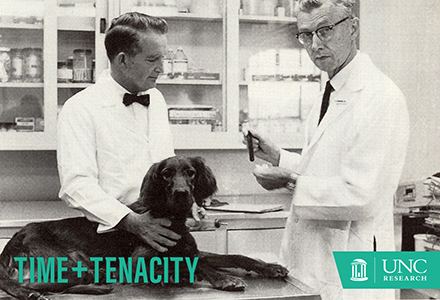Blood, sweat and tears
Hemophilia is a rare disorder that prevents the blood from clotting due to one of two missing proteins. A person with hemophilia can experience life-threatening, spontaneous bleeding.

Bruising. Unexpected bleeding. Joint pain and swelling. Daily needle injections. Social isolation. All of these struggles are part of the daily routine for someone living with hemophilia — a rare disorder that prevents the blood from clotting due to one of two missing proteins. A person with hemophilia can experience spontaneous bleeds, usually in soft tissue like muscles or joints — which swell, tighten and heat up, leading to movement loss in the joint. Bleeds in the brain can cause seizures, while those in the lungs can block airways.
Compound those symptoms with that of HIV infection: body rash, fever, sore throat, nausea and vomiting, fatigue, severe headaches. Add to that the development of AIDS, which prevents the body from fighting off infection. In the 1980s, that was life for nearly 10,000 people with hemophilia who had contracted the deadly blood borne disease through weekly blood infusions.
In 1981, researchers at UNC-Chapel Hill found themselves at the epicenter of this perfect global storm. But it was the curiosity of one man —nearly thirty years prior — that set in motion events that would open a vast field of research at UNC and draw in hundreds of researchers across the university.
Kenneth Brinkhous’ research and determination altered the course of global public health. With the passage of the years, it would transform the life of a man named George McCoy and the lives of countless others like him who turned to UNC-Chapel Hill in a quest to survive.
Man’s best friend
The unpredictable nature of hemophilia intrigued Brinkhous, a researcher and clinical pathologist who’d been studying blood clotting since before World War II. In 1947, just one year after he came to UNC to chair the pathology department, he received a phone call that would change his life — and the world.
To keep reading, see: http://endeavors.unc.edu/blood_sweat_and_tears.




